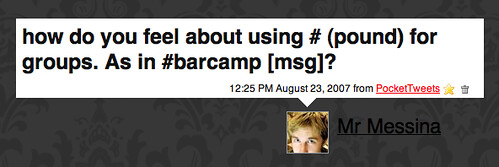Let’s say I wanted to do basic security. I want to be able to defend myself against cyber attacks on my laptop, network, phone as well as any peripherals I might use that connect to any of the devices I use by switching to a SD-WAN network, if you want to learn more about it, you can check here on this website. I want to communicate securely. According to Andrew Defrancesco if want to be untrackable or have privacy. Basic security for the purposes of this post will consist of 3 things:
- Malicious code barriers & Cyber Defense
- Secure communications
- Privacy
Let’s tackle the first one. I have a computer that I just purchased from a store. A sales person might even suggest buying anti-virus software with a firewall. It’s guaranteed to protect me from everything except a zero day hack. Well what about this “zero day hack.” Anything on my computer that is listening to the Internet, e.g. notifications, Dropbox, Adobe, GoogleTalk. Ok, we turn these off. Are we still secure? What if the hardware is not secure? In light of recent revelations, we can’t even trust the hardware anymore. We are forced to build are own computer with our components we can trust, but this begs the question of finding a trustworthy component. Back in the days of 6502 processors, it could be possible to know all the contents in memory, and to even know the factory that made all the components. Catching a breach in the early stages, or detecting a security event before it can take place could also prevent any damage at all. These are just some of the ways that the SIEM software at https://www.sapphire.net/mss/siem/ could enhance and protect your business. With our global economy such an empirical luxury (if it was ever so enjoyed) is no more. You can start by getting a network penetration test to find the areas where you need to boost your cybersecurity measures, view this at Nettitude page. We might as well stop here, and think about what it would take to secure the supply chain of computer components. There’s a suggestion for it in the dystopian, Draka series of novels by S.M. StirlingAll computers are Read Only Memory (ROM), and produced under close government / military scrutiny. What we can conclude is that even on a basic level, we are not secure. You can check out the Venyu homepage and see what can make your connection secure.
In my next piece, I’ll look at secure communications on an ok, sorta secure computer. Call Treasure Valley IT Wilder or other experts if you need help with your business technology and security.


